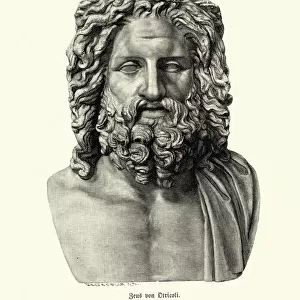1660 Thomas Hobbes English Philosopher
![]()

Wall Art and Photo Gifts from Science Photo Library
1660 Thomas Hobbes English Philosopher
Thomas Hobbes (1588-1679). Engraving by J. Posselwhite from a painting by Dobson. Engraving published in 1859 with later hand colouring. Hobbes travelled widely and met leading scientists including Galileo and Descartes. An enthusiasm for geometry led Hobbes to try and describe human society in terms of mathematics. In his early attempt at sociology he tried to explain how the behaviour of people could be predicted using the principles of physical science that governed the material world. In his major work, Leviathan, the characters were subject to forces of attraction and repulsion. Hobbes controversial views led to him being accused of atheism and having his books banned in 1666
Science Photo Library features Science and Medical images including photos and illustrations
Media ID 6345047
© This image is Paul D. Stewart 2009. Do not reproduce without permission of the photographer at Stewartpauld@aol.com
Atheist Banned Descartes Mathematician Philosopher Science And Religion Society Sociology Thomas Hobbes Sociologist
EDITORS COMMENTS
This print showcases the renowned English philosopher, Thomas Hobbes (1588-1679), captured in an engraving by J. Posselwhite from a painting by Dobson. Published in 1859 with later hand coloring, this image beautifully portrays Hobbes' intellectual prowess and profound impact on various fields of study. Hobbes was not only a philosopher but also a well-traveled individual who had the privilege of meeting esteemed scientists such as Galileo and Descartes. His passion for geometry fueled his desire to understand human society through mathematical principles. In his early foray into sociology, he sought to unravel how human behavior could be predicted using the same scientific laws that governed the material world. His magnum opus, Leviathan, delved into characters subjected to forces of attraction and repulsion - concepts borrowed from physics. However, these innovative ideas sparked controversy and accusations of atheism were hurled at him. Consequently, his books faced banning in 1666. This thought-provoking illustration captures the essence of Hobbes' contributions as a mathematician, philosopher, and sociologist. It serves as a reminder of his relentless pursuit to comprehend societal dynamics through scientific lenses while simultaneously challenging established religious beliefs. Paul D. Stewart's skillful curation allows us to appreciate both the historical significance of this image and its relevance in understanding the intersection between science and religion during Hobbes' era.
MADE IN THE USA
Safe Shipping with 30 Day Money Back Guarantee
FREE PERSONALISATION*
We are proud to offer a range of customisation features including Personalised Captions, Color Filters and Picture Zoom Tools
SECURE PAYMENTS
We happily accept a wide range of payment options so you can pay for the things you need in the way that is most convenient for you
* Options may vary by product and licensing agreement. Zoomed Pictures can be adjusted in the Cart.


